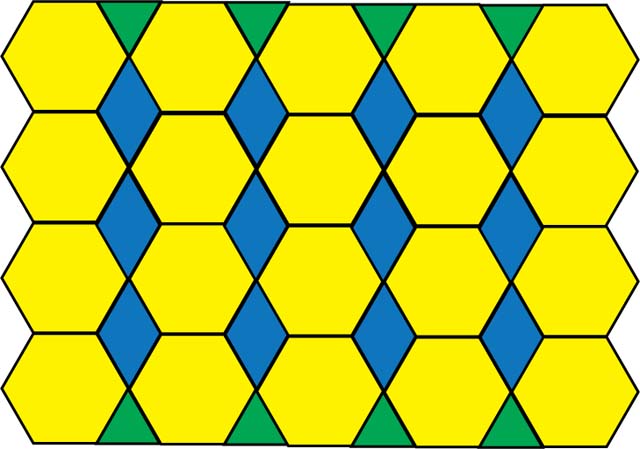
The use of tessellation patterns in temples and homes can be traced back to sometime in 4,000 BC in Sumeria. Tessellation pattern of a street pavement in Zakopane, Poland Dmharvey, Public domain, via Wikimedia Commons This hints at the historical use of tessellation ideas that stretch far back into our history when small tiles made of glass, stone, or clay were used to create patterns on public and domestic surfaces. The word derives from the Latin word tessellātus (square small stones) and the Greek word tessera (four).

The use of tessellation ideas and concepts throughout our history has resulted in the creation of beautifully decorated architecture, such as temples and mosques, as well as magnificent works of art.Īn understanding of ancient languages in history can help one better understand the tessellation definition. Also known as tiling, this process results in a mosaic pattern that can be used in a highly creative manner, despite its largely confining mathematical structure.

What is Tessellation? Tessellation art is created through the process of covering a surface with a number of geometric shapes that fit together almost like a jig-saw puzzle, never overlapping and leaving no spaces between them. 3.2 Are People Still Creating Tessellation Art Today?.Escher’s Work Considered to Be Tessellation Art? 1.1 A Brief History of Tessellation Patterns.If the child does not, after a time the teacher can show him Often fetches the box of squares and tessellates with octagons and When using the octagon, the space left is a square. Usually begins to use two or more shapes to tessellate without being Hexagons, etc., but that pentagons, octagons, etc., leave gaps. TheĬhild will find that he or she can tessellate with triangles, squares, The pattern to paper, he can draw around the shapes and color theĮXERCISE: The child takes any shape and finds if it will tessellate. Let the child take any box of shapes and try to
Tessellation triangle art how to#
Show the child how to make a symmetrical pattern with PRESENTATION: Take a box of shapes that will tessellate, e.g. Books of great paintings shouldīe in the book corner and the teacher should show the children a few Many paintings show geometrical design in floors, clothes,īackgrounds, borders, artifacts, etc. Put in the book corner, as well as other books on design. Books showing beautiful designs for quilts can be Patchwork was used in Eurpose, but developed to its highest formĪnd use in America. Should appreciate the Islamic contribution to our culture and theĬontributions of people around the world. The mosques of Turkey, the Alhambra of Spain, and the Taj Mahal in India are some of the mostīeautiful buildings in the world and show a very rich use of geometrical design. Haveīooks available which show designs such as in the Islamic buildings. The teacher should show the child examples of geometrical designsįrom other countries and from other epochs, e.g. Pavements, etc., in making patchwork quilts, in inlay designs on boxesĪnd furniture, and many in other ways. Geometrical design, developing an ability to create designs 4) Intelligent observation of the environment Man makes use of tessellations in tiling walls, floors, any side of the square willįit any side of the other squares the equilateral triangles will tessellate, but every other triangle must be rotated 180 degrees 3) Understanding of art, appreciation of the beauty of PURPOSE: 1) Mathematical understanding of symmetry 2) Understanding of geometry, e.g. Each shape is kept in a separate box with a drawing of the shape and the name on the lid. Triangles, squares, rectangles, parallelograms, rhombuses, trapezia, trapezoids, pentagons, hexagons, octagons, and dodecagons.

All figures have at least one side in common. MATERIAL: Examples of each of the straight sided geometrical plane figures cut out in thin plastic in at least two colors. To tessellate - to cover an area without leaving gaps and without


 0 kommentar(er)
0 kommentar(er)
